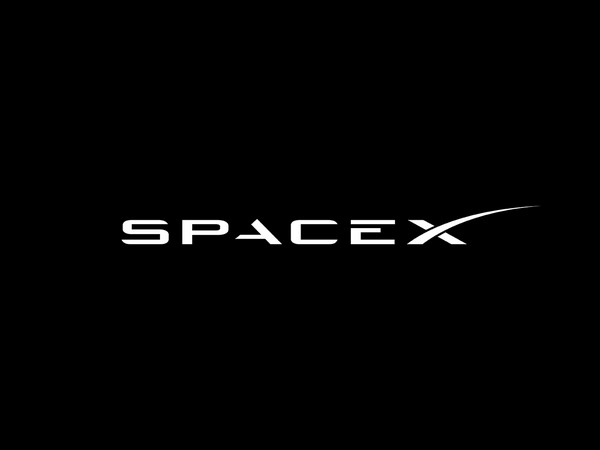Science News Roundup: SpaceX working with Cloudflare to speed up Starlink service; North Korea's space launch program and long-range missile projects and more
North Korea's second attempt to place a spy satellite in orbit failed after the booster experienced a problem with its third stage, state media reported. What to know about India's Chandrayaan-3 moon landing mission The Indian Space Research Agency (ISRO) is closing in on an attempt to land a spacecraft on the moon's south pole.

Following is a summary of current science news briefs.
SpaceX working with Cloudflare to speed up Starlink service- The Information
Elon Musk-owned SpaceX is working with Cloudflare to boost the performance of its satellite internet service Starlink, the Information reported on Wednesday, citing a person with direct knowledge of the project. Shares of Cloudflare, which provides content delivery services, jumped 7.2%.
North Korea's space launch program and long-range missile projects
North Korea made a second attempt at placing a military spy satellite in space orbit on Thursday, but it failed after the rocket experienced a problem during the third stage flight, state media reported. Its space agency said it would try again in October, the North's KCNA news agency said.
Scientists solve the genetic puzzle of sex-related Y chromosome
Scientists have taken an important step forward in understanding the human genome - our genetic blueprint - by fully deciphering the enigmatic Y chromosome present in males, an achievement that could help guide research on infertility in men. Researchers on Wednesday unveiled the first complete sequence of the human Y chromosome, which is one of the two sex chromosomes - the X chromosome being the other - and is typically passed down from male parent to male offspring. It is the last of the 24 chromosomes - threadlike structures that carry genetic information from cell to cell - in the human genome to be sequenced.
Sun-observing spacecraft sheds light on the solar wind's origin
The solar wind is a ubiquitous feature of our solar system. This relentless high-speed flow of charged particles from the sun fills interplanetary space. On Earth, it triggers geomagnetic storms that can disrupt satellites and it causes the dazzling auroras - the northern and southern lights - at high latitudes. But precisely how the sun generates the solar wind has remained unclear. New observations by the Solar Orbiter spacecraft may provide an answer.
Reactions as India's Chandrayaan-3 makes historic moon landing
India on Wednesday became the fourth country to land on the moon after the Indian Space Research Organisation's Chandrayaan-3 touched down on the rugged south pole. Following are some reactions:
India's Chandrayaan-3 rover rolls onto moon's surface, braces for new challenges
The moon rover of India's Chandrayaan-3 exited the spacecraft on Thursday to begin exploring the surface of the lunar south pole and conducting experiments, and was braced for new challenges, the space agency chief said. The spacecraft landed on the unexplored south pole of the moon on Wednesday, making India the first country to achieve this feat just days after Russia's Luna-25 failed in a similar mission.
US seeks extension to controversial science agreement with China
The United States is seeking a six-month extension to a decades-old science and technology agreement with China so that it can undergo negotiations with Beijing to "strengthen" the pact, the State Department said on Wednesday. The landmark deal, signed when Beijing and Washington established diplomatic ties in 1979 and renewed about every five years since, has shown that the geopolitical rivals could cooperate across a range of scientific and technical fields.
Why are space agencies racing to the moon's south pole?
India's space agency is attempting to land a spacecraft on the moon's south pole, a mission that could advance India's space ambitions and expand knowledge of lunar water ice, potentially one of the moon's most valuable resources. Here's what's known about the presence of frozen water on the moon - and why space agencies and private companies see it as a key to a moon colony, lunar mining and potential missions to Mars.
North Korea's frantic space launch pace brings advances - and setbacks
North Korea appears to have made progress in its space program, despite a second rocket failure on Thursday, but its unusually quick launch pace may be causing problems, analysts said. North Korea's second attempt to place a spy satellite in orbit failed after the booster experienced a problem with its third stage, state media reported.
What to know about India's Chandrayaan-3 moon landing mission
The Indian Space Research Agency (ISRO) is closing in on an attempt to land a spacecraft on the moon's south pole. Here are key facts about the Chandrayaan-3 mission.
(With inputs from agencies.)
ALSO READ
Putin Warns of Expanded Russian Control in Ukraine Amid Stalled Peace Talks
Zelenskiy Urges EU to Pressure Russia with Frozen Assets
U.S. Contemplates New Sanctions to Pressure Russia
U.S. Extends Waiver for Sakhalin-2 LNG Project, Ensures Russian Gas Flow
Zelenskiy Urges Allies to Deem Russia's War 'Pointless'










